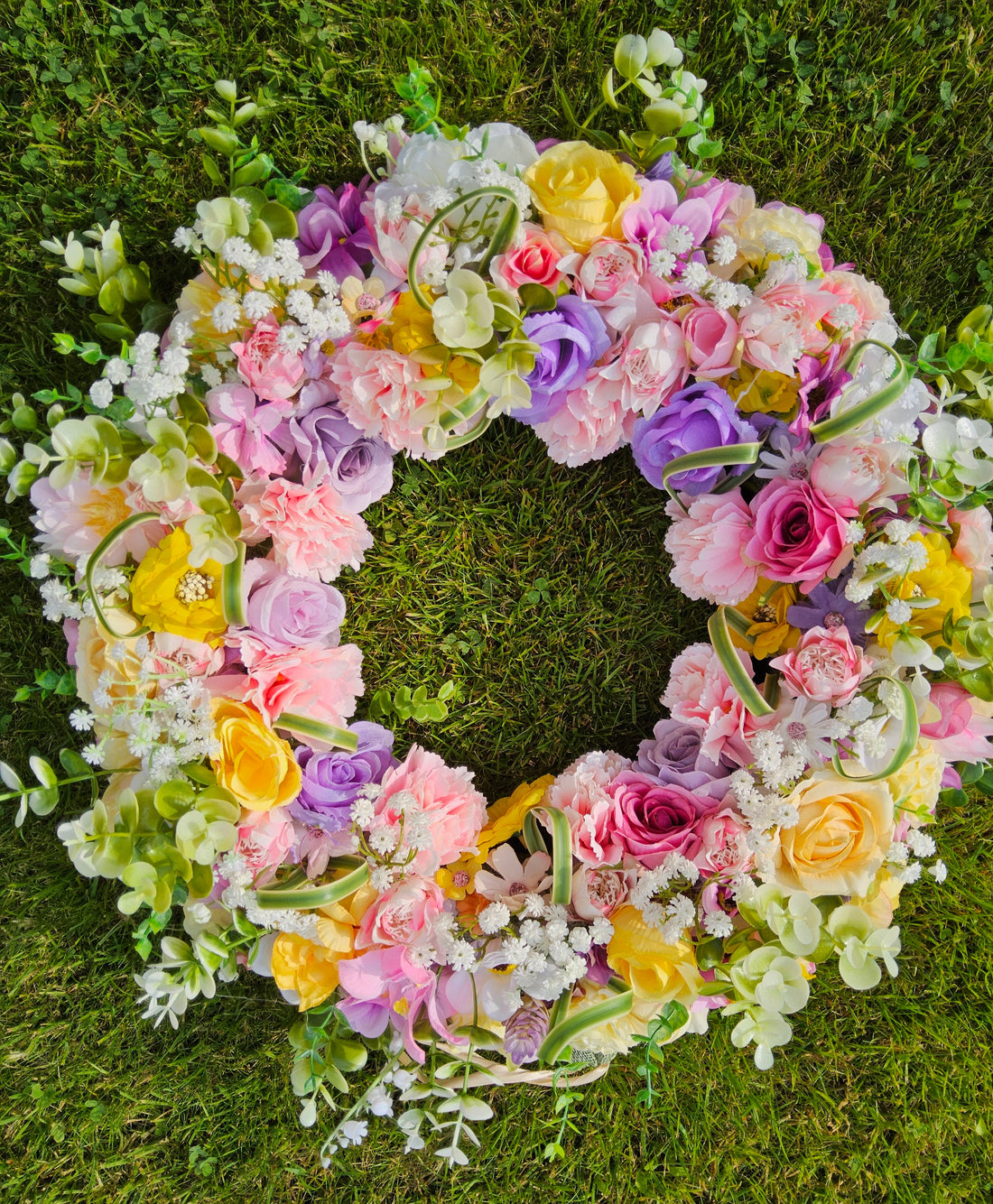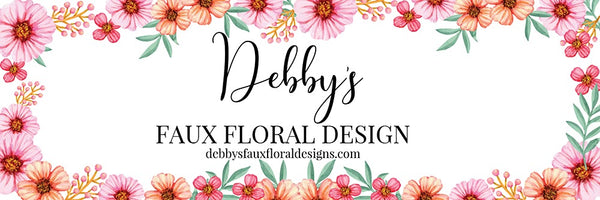
The history of wreaths
The Enduring Charm of the Wreath
Wreaths, Just the word itself conjures up images of warmth, welcome, and celebration. From ancient traditions to modern decor, these circular arrangements of foliage, flowers, and adornments have held a special place in our hearts and homes for centuries.
Originally, wreaths often symbolized eternity and continuity, with their endless circular shape representing life without end. You'll see this deeply rooted in festive traditions, particularly during the winter holidays, where evergreen wreaths bring a touch of life and hope during the colder months.
But the beauty of the wreath isn't just confined to Christmas! Think about the vibrant bursts of spring and summer wreaths, adorned with colourful blossoms, delicate ribbons, and even faux fruits. These are perfect for adding a pop of seasonal cheer to your front door, instantly brightening up your home's exterior and offering a cheerful welcome to guests.
Beyond seasonal, some people even create personalized wreaths for special occasions such as weddings or baby showers, using elements that reflect the event's theme.
A wreath is more than just a circle of leaves; it's a symbol of welcome, a touch of beauty, and a quiet nod to the cycles of nature.
So next time you see a wreath, take a moment to appreciate its enduring appeal. It's a small detail that makes a big impact, adding character and warmth to any space it graces.
Not only can you place a wreath on your door or on your inside wall you can have a candle wreath on your table.
A candle wreath is designed to hold or surround one or more candles. Its primary purpose is to enhance the visual appeal of the candles, transforming them into a more elaborate centrepiece for a table or other flat surface. For safety reasons its always best if you use battery candles in the home.
The most famous example is the Advent wreath, a Christian tradition used in the weeks leading up to Christmas, which typically holds four (or sometimes five) candles, each lit on a successive Sunday to symbolize hope, peace, joy, and love.
How Candle Wreaths Differ Throughout the Seasons:
Both kind of wreaths have the versatility to transform and reflect the characteristics of each season.
Spring (March - May)
Freshness, new growth, pastel colours, awakening nature.
Abundant use of faux or real spring blooms such as tulips, daffodils, hyacinths, cherry blossoms, magnolias, or small wild-flower varieties.
Summer (June - August)
Vibrancy, lushness, warmth, abundance.
The use of bold and colourful faux or real blooms like sunflowers, hydrangeas, roses, peonies, lavender, or bright wildflowers in vibrant blues, sunny yellows, fiery reds, deep greens, fuchsia and turquoise
Autumn (September - November)
Harvest, warmth, cosiness, changing leaves, rustic charm.
The use ofmulti-toned leaves (faux or real) in reds, oranges, yellows, and browns. Dried grasses, wheat stalks. Flowers: such as rust-colored chrysanthemums, dried hydrangeas, or deep-red dahlias. Also Mini pumpkins, gourds, pinecones, acorns, berries (cranberry, bittersweet), cinnamon sticks, small faux apples, burlap or plaid ribbons. UsingUsinp reds, burnt oranges, rich yellows, browns, golds, olive greens, and rustic creams.
Winter (December - February)
Festivity, warmth, cosiness, evergreens, sparkle, holiday cheer. The use of traditional evergreens like pine, fir, spruce, holly, and juniper. Often frosted or flocked. Using flowers like White or red poinsettias, hellebores, winterberry. Add pinecones (natural or glittered), red berries, frosted elements, silver or gold ornaments, small bells, glitter, snowflakes, velvet or tartan ribbons. The Advent wreath (as mentioned) is a prime example for early winter.
The colours should be Classic reds, deep greens, crisp whites, silver, gold, icy blues.
By changing the elements that compose the door/wall wreath and candle wreath, you can effortlessly transition your home decor through the year, always keeping a fresh and relevant aesthetic.
